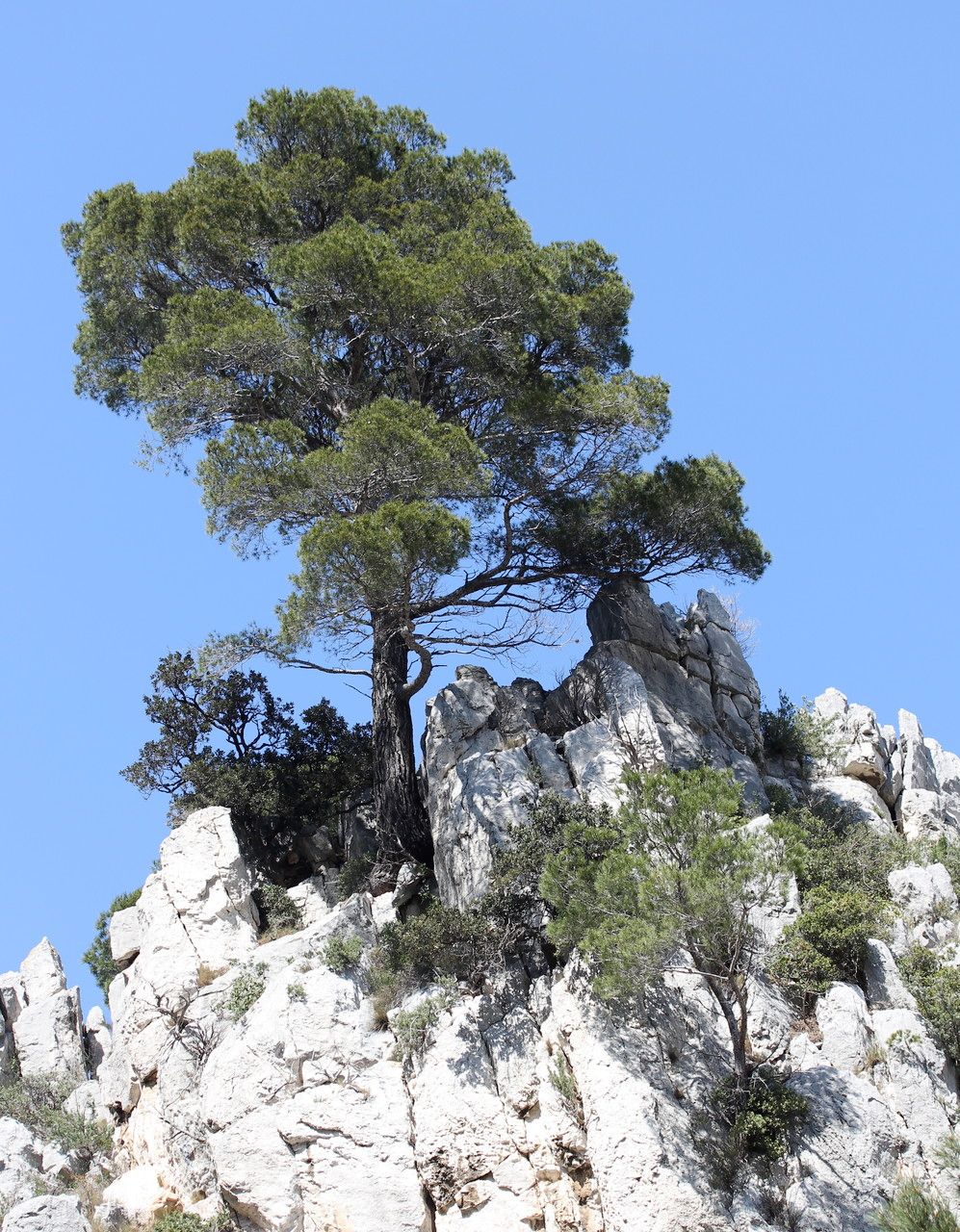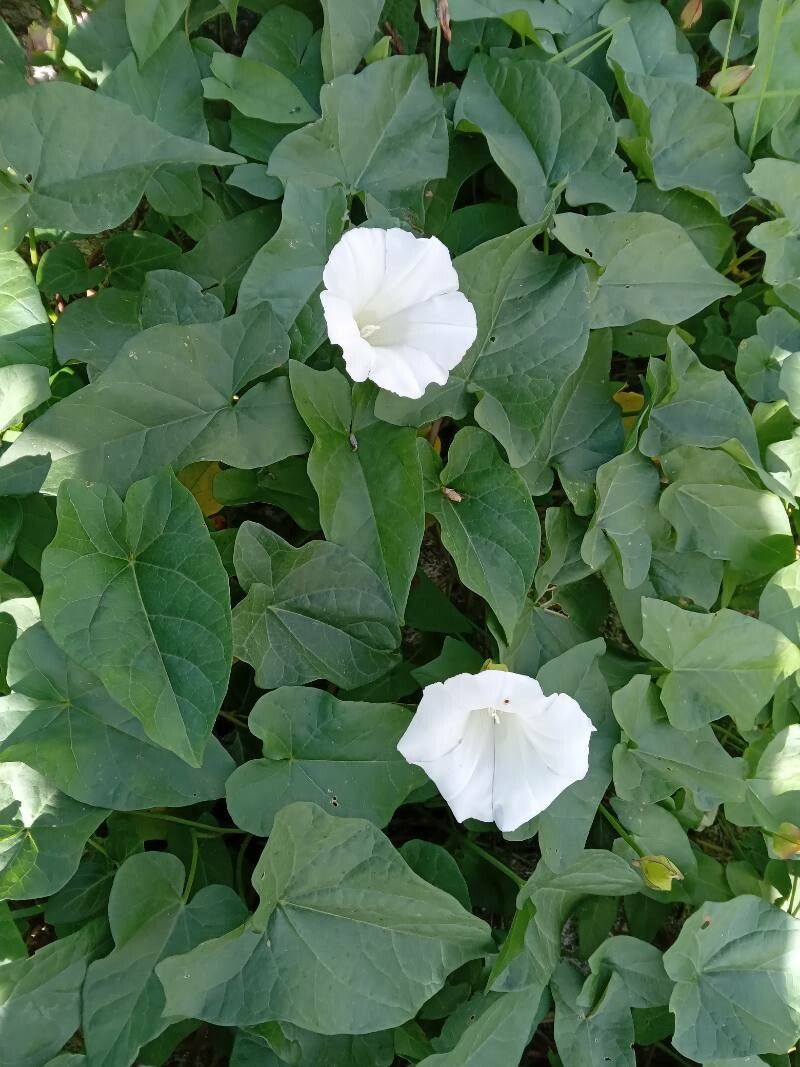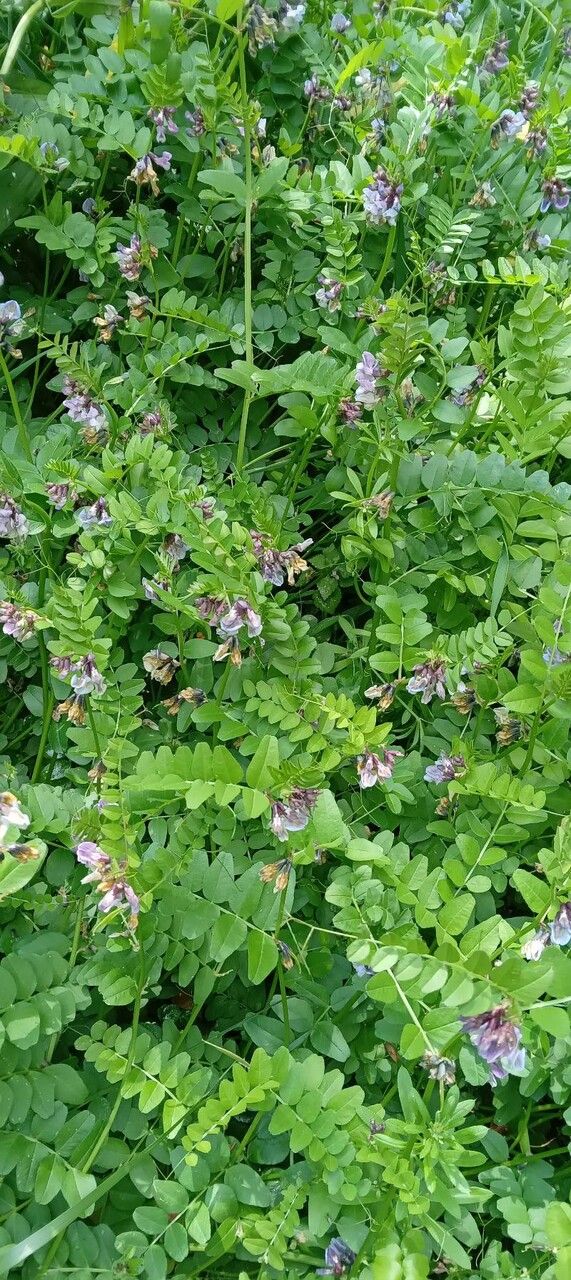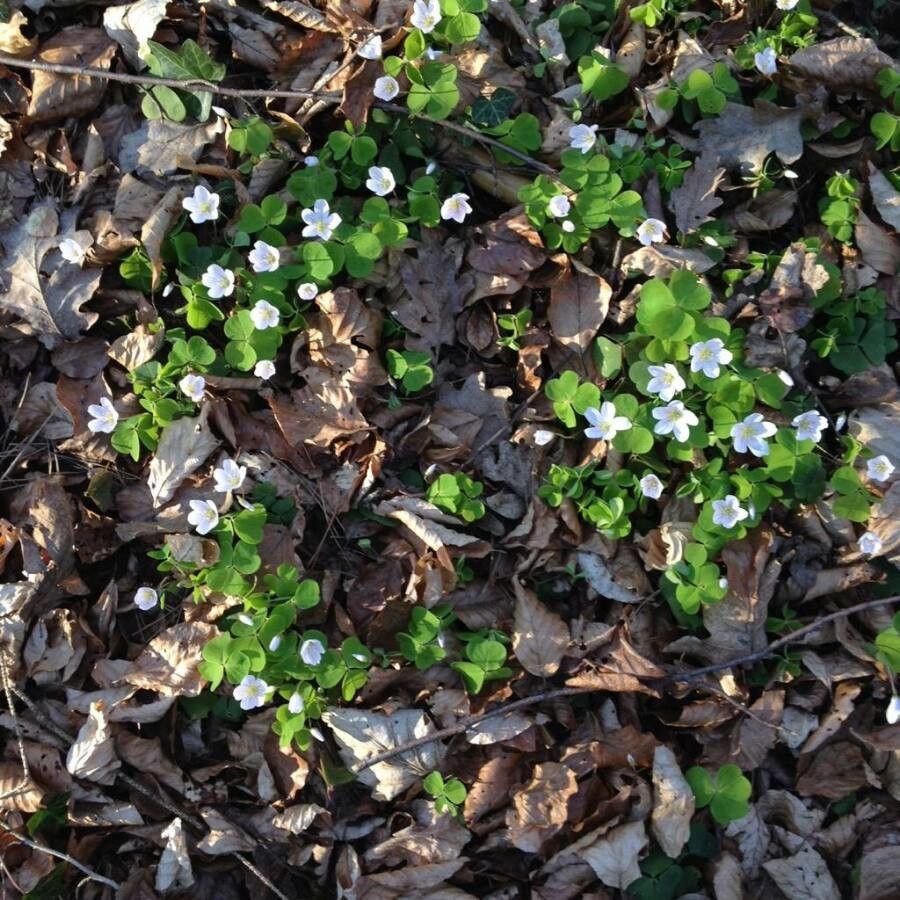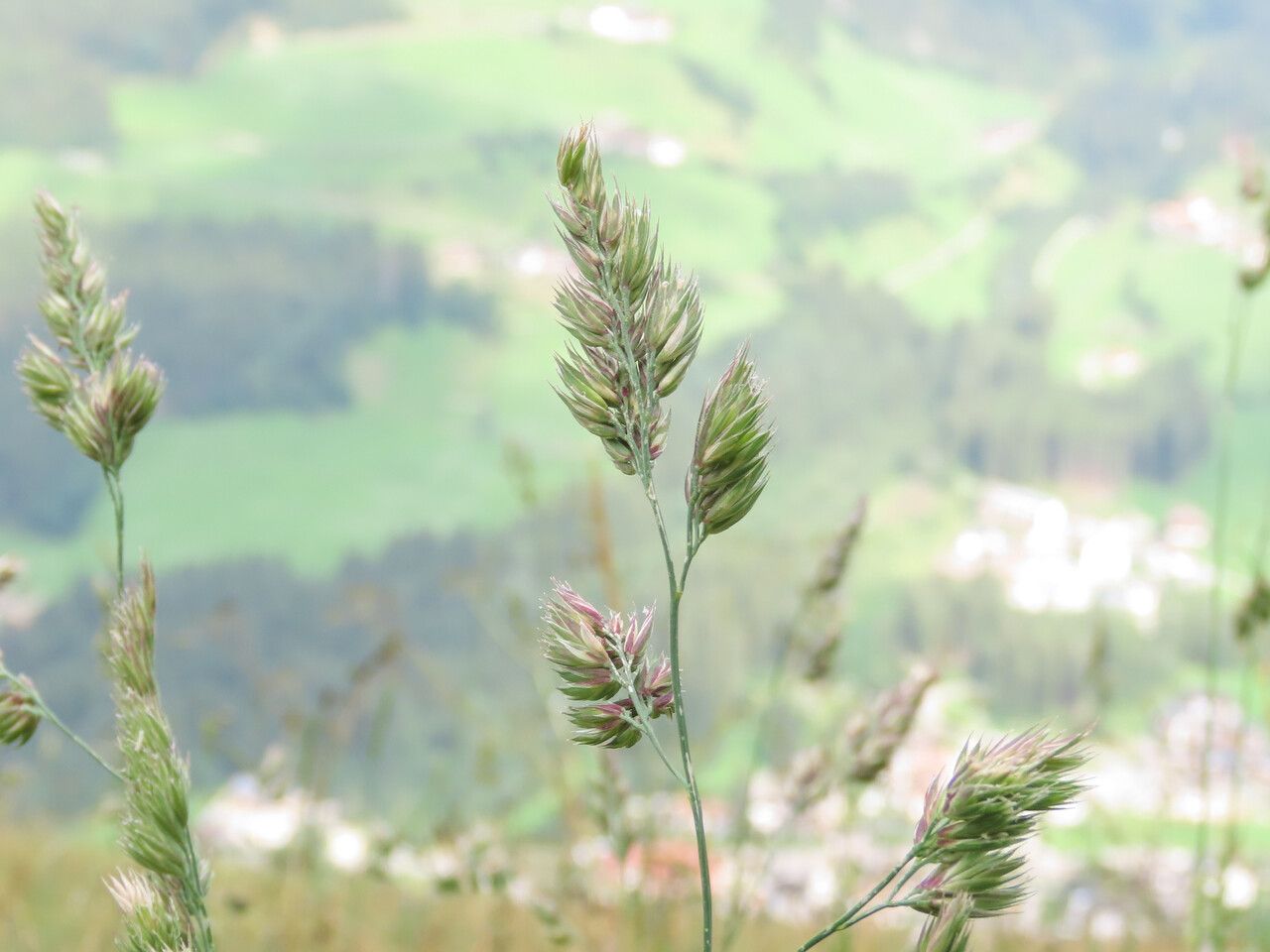Jerusalem pine
The Jerusalem pine, a Mediterranean native, is a fast-growing evergreen loved for providing shade and windbreaks. Its strong, aromatic wood is often used for construction and firewood. Ecologically, it stabilizes soil and provides habitat for wildlife. Look for its distinctive needles growing in bundles of two and its reddish-brown bark – a beautiful and useful … Read more
